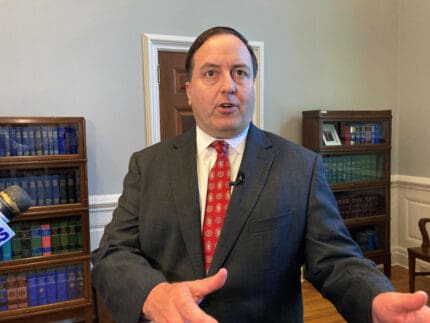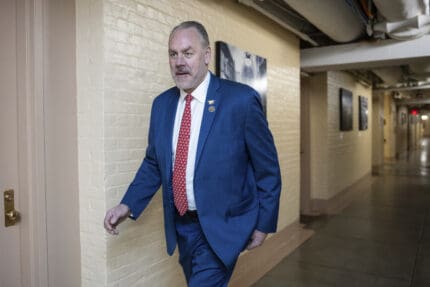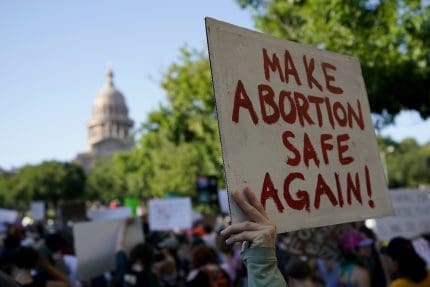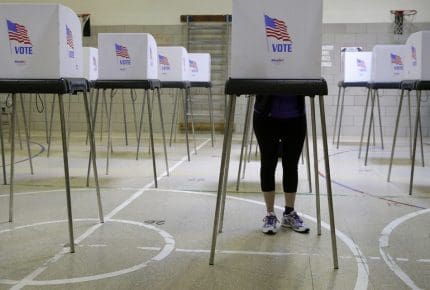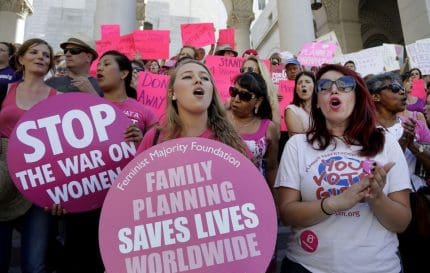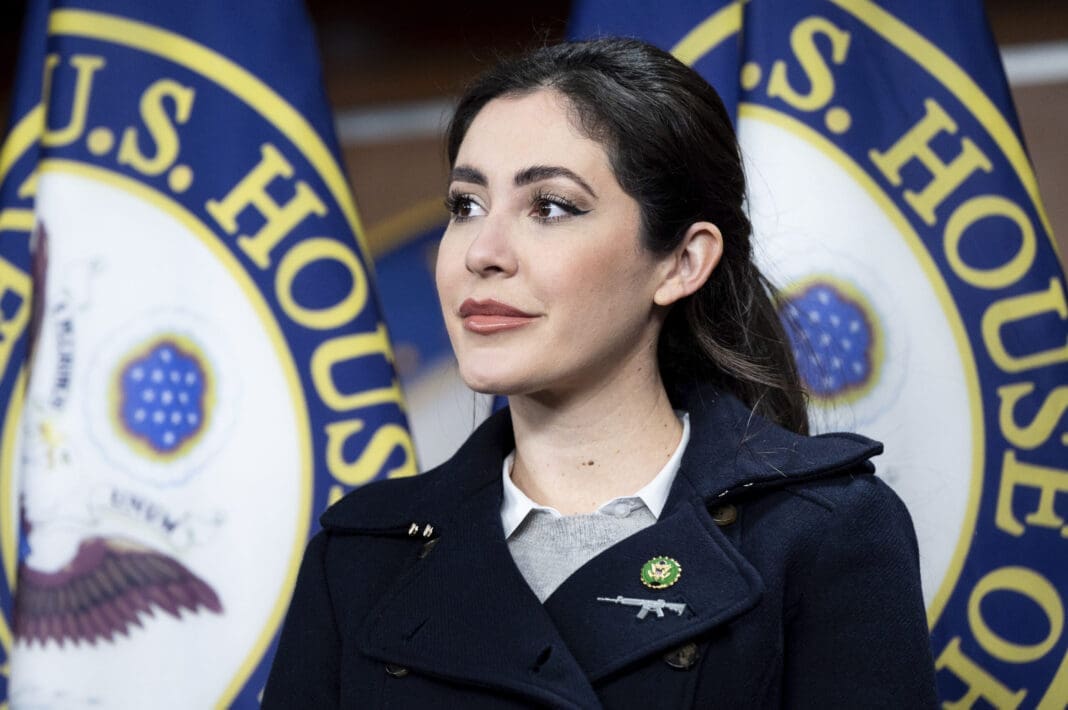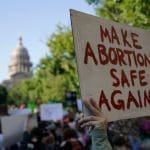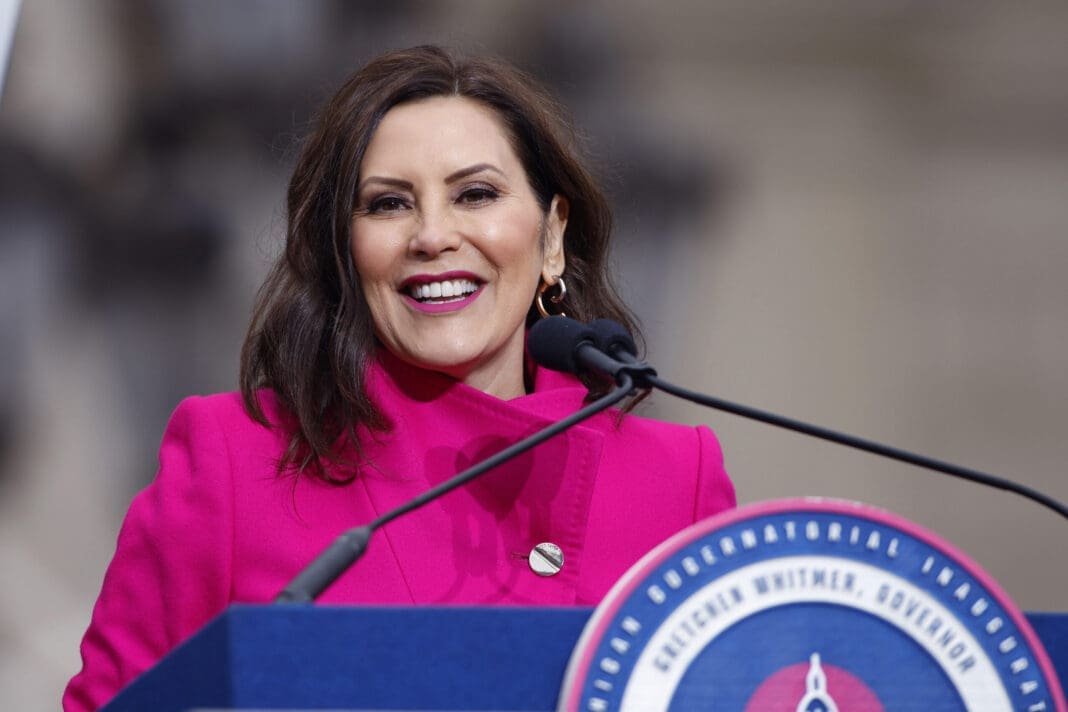Abortion is legal — but it's already impossible to get one in South Dakota
Abortion doesn’t need to be abolished to make it unavailable.

In March and April of 2020, at least 11 conservative-leaning states used the coronavirus pandemic to try to ban abortion, usually by falsely claiming that it was a “nonessential” procedure and medical resources needed to be conserved. These bans have all expired or are not being enforced, so abortion access has returned to those states.
In South Dakota, though, there was no need for a ban. There, the availability of abortion is so fragile that access simply never came back once the pandemic made it difficult.
South Dakota only has one abortion clinic, and abortions haven’t been available there since March. The clinic has no doctors who live in the state.
Emily Bisek, a spokesperson for Planned Parenthood, said, “there’s a stigma in South Dakota, and the onerous restrictions on the care itself make the procedure more time-intensive and challenging to provide.”
Instead, doctors from Minnesota have traveled there roughly weekly. This isn’t a new development. Doctors have been flying in and out of South Dakota for 25 years. In 2006, 70-year-old Miriam McCreary came out of retirement and began traveling from Minneapolis to South Dakota twice monthly to perform abortions. By 2015, four Minnesota doctors were traveling to South Dakota twice a month to provide the procedure.
In March of this year, Planned Parenthood, which runs the only clinic left in the state, decided to stop having doctors travel to South Dakota because they were concerned for doctor and patient safety during the pandemic.
Even before the coronavirus, the state was doing everything it could to make abortion nearly impossible. The state has mandatory counseling and a 72-hour waiting period. There’s a ban on almost all abortions after 20 weeks. There’s a parental notification law. And since the state also bans telemedicine for the use of medication abortions, there’s no way doctors can provide services while out of state.
As the nomination of anti-abortion Supreme Court nominee Amy Coney Barrett progresses, there is a good deal of focus on what happens if Roe v. Wade is overturned. South Dakota is proof that abortion doesn’t need to be abolished to make it unavailable.
If states simply make the procedure nearly — but not wholly — impossible to obtain, any imbalance or disturbance in availability can eradicate access. And, as South Dakota is currently experiencing the worst per capita outbreak of coronavirus in the country, the likelihood doctors will be able to fly in and out to provide abortion services remains low.
It’s a reminder that abortion access in many states is already so tenuous that there’s no real need for a new Supreme Court justice to stop abortions from happening — they already aren’t.
Published with permission of The American Independent Foundation.
Recommended

Biden campaign launches new ad focused on Affordable Care Act
Former President Trump has said he wants to do away with the popular health care law.
By Kim Lyons, Pennsylvania Capital-Star - May 08, 2024
Ohio doctors fear effects of emergency abortion care case set to go before U.S. Supreme Court
A federal law that allows emergency departments to treat patients without regard to their ability to pay will be under U.S. Supreme Court scrutiny this week, and Ohio doctors are concerned about the case’s local impact on emergency abortion care.
By Susan Tebben, Ohio Capital Journal - April 23, 2024
House GOP votes to end flu, whooping cough vaccine rules for foster and adoptive families
A bill to eliminate flu and whooping cough vaccine requirements for adoptive and foster families caring for babies and medically fragile kids is heading to the governor’s desk.
By Anita Wadhwani, Tennessee Lookout - March 26, 2024











